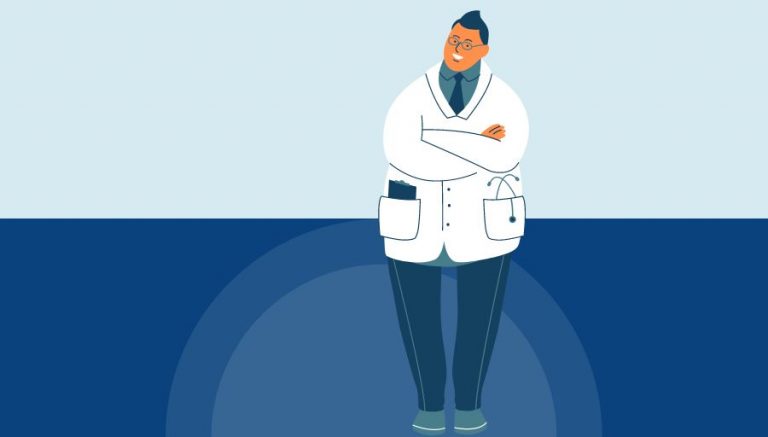How To Use CPT Code 92565
CPT 92565 describes a specific hearing test known as the Stenger test, which is used to determine if a patient has unilateral hearing loss or is simulating a hearing loss. This article will provide an overview of CPT code 92565, including its official description, the procedure involved, qualifying circumstances, appropriate usage, documentation requirements, billing guidelines, historical information, similar codes and billing examples.
1. What is CPT Code 92565?
CPT 92565 is a code that represents the Stenger test, a functional hearing test used to assess unilateral hearing loss or pseudohypacusis. During this test, the provider delivers two tones of the same frequency simultaneously to both ears and observes the patient’s response to determine if they are genuinely experiencing hearing loss or if they are simulating it.
2. Official Description
The official description of CPT code 92565 is: ‘Stenger test, pure tone.’
3. Procedure
- In the Stenger test, the provider administers two tones of the same frequency simultaneously to both ears.
- The intensity level of the tone in the suspected deficient ear is gradually increased while keeping the tone in the good ear at a level above the patient’s hearing threshold.
- The provider gauges the patient’s response to determine if they continue to respond when the level of the suspected deficient ear exceeds the signal in the good ear.
- If the patient stops responding when the level of the suspected ear exceeds the signal in the good ear, it suggests that the patient may be simulating the hearing loss.
- If the patient continues to respond, it indicates genuine unilateral hearing loss or pseudohypacusis.
4. Qualifying circumstances
The Stenger test is performed when there is a suspicion of unilateral hearing loss or pseudohypacusis. Unilateral hearing loss refers to hearing loss in one ear, while pseudohypacusis refers to the fabrication or exaggeration of hearing loss symptoms. This test helps differentiate between genuine hearing loss and simulated or exaggerated conditions. It is important to note that this test evaluates both ears, and modifier 52, reduced services, should be used if the test is only applied to one ear.
5. When to use CPT code 92565
CPT code 92565 should be used when a provider performs the Stenger test to assess unilateral hearing loss or pseudohypacusis. It is appropriate to bill this code when the test is administered to both ears simultaneously and the patient’s response is observed to determine the authenticity of their hearing loss.
6. Documentation requirements
To support a claim for CPT code 92565, the provider must document the following information:
- Reason for performing the Stenger test, including the suspicion of unilateral hearing loss or pseudohypacusis
- Details of the test procedure, including the frequencies and intensity levels used
- Patient’s response during the test, indicating whether they continued to respond or stopped responding when the level of the suspected ear exceeded the signal in the good ear
- Any additional relevant findings or observations
- Provider’s signature
7. Billing guidelines
When billing for CPT code 92565, ensure that the Stenger test is performed as described in the official description. Modifier 52 should be used if the test is only applied to one ear instead of both. It is important to follow the specific guidelines provided by the payer to ensure accurate and appropriate billing for this procedure.
8. Historical information
CPT code 92565, the Stenger test, was added to the Current Procedural Terminology system on January 1, 1990. There have been no updates or changes to this code since its addition.
9. Examples
- Audiologist performing the Stenger test to assess a patient’s claim of unilateral hearing loss.
- ENT specialist administering the Stenger test to determine if a patient is simulating a hearing loss.
- Speech-language pathologist using the Stenger test to evaluate pseudohypacusis in a patient.
- Hearing healthcare professional performing the Stenger test to differentiate between genuine hearing loss and exaggerated symptoms in a patient.
- Provider using the Stenger test to assess a patient’s response to tones of the same frequency in both ears and determine the presence of unilateral hearing loss.
- Provider administering the Stenger test to evaluate a patient’s hearing thresholds and identify any discrepancies between the ears.
- Provider using the Stenger test to assess a patient’s response to simultaneous tones and determine if they are genuinely experiencing hearing loss.
- Provider performing the Stenger test to evaluate a patient’s hearing function and determine the authenticity of their reported hearing loss.
- Provider using the Stenger test to assess a patient’s response to tones delivered to both ears and determine if they are simulating a hearing loss.
- Provider administering the Stenger test to evaluate a patient’s hearing thresholds and identify any inconsistencies between the ears.



